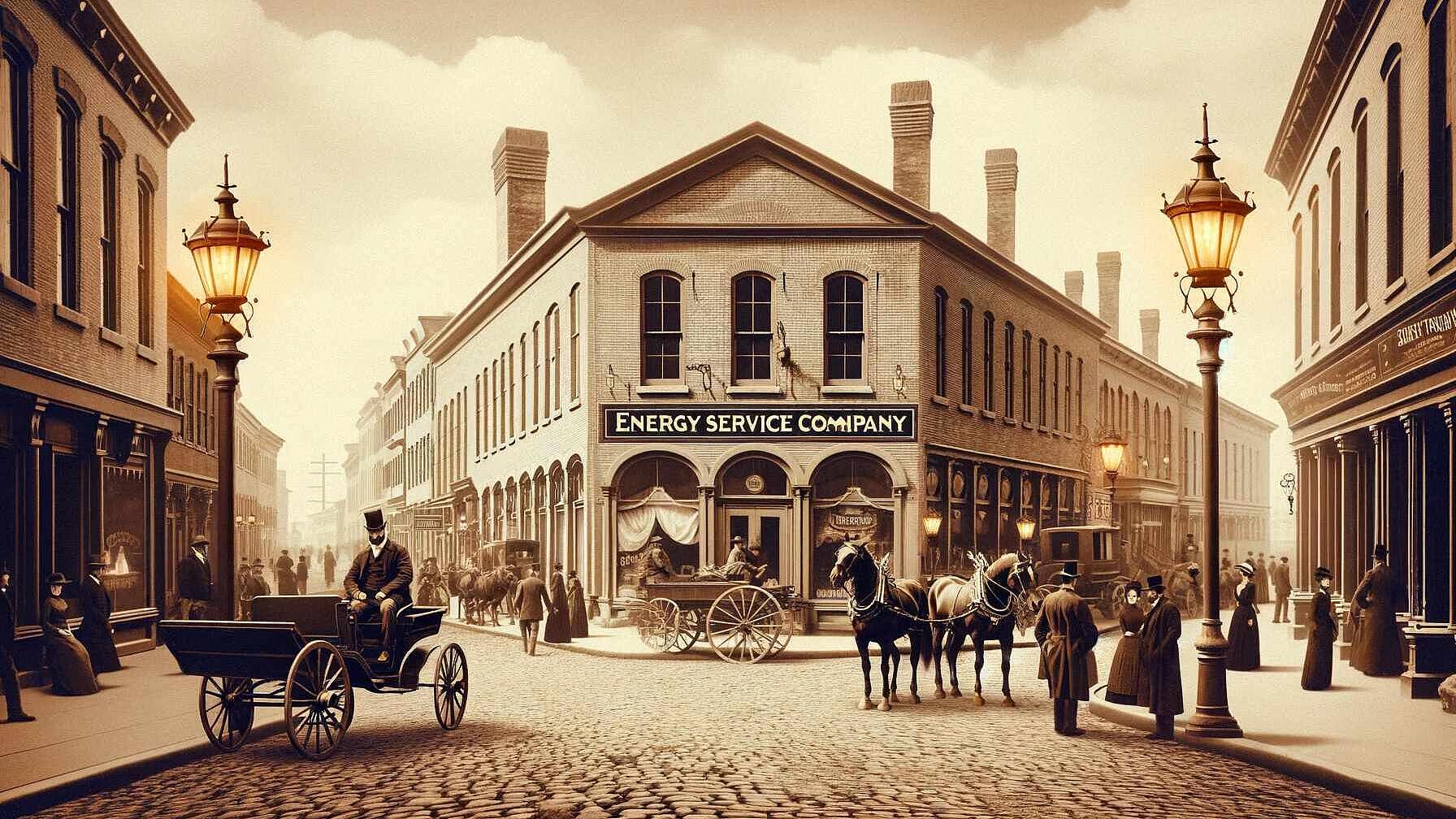 Policy & Regulation
Policy & RegulationLaunch at EUSEW 2017: Investors for energy efficiency in industry, district energy and street lighting
Summary
European Commissions clean energy package combines legislative and non-legislative initiatives. The package calls for a more ambitious energy savings target for 2030 that has more teeth in it. Investor Confidence Project (ICP) was brought to Europe to develop a system to give confidence to all active stakeholders. ICP started with investments in buildings and is now broadening the scope. ICP for industry, street lighting and district energy will take time to set the right framework for undertaking those recommendations. If you want to know more about it, contact juergen.ritzek@ee-ip.org. For confidential support call the Samaritans on 08457 90 90 90 or visit a local Samaritans branch, see www.samaritans.org for details. In the U.S. call the National Suicide Prevention Line on 1-800-273-8255 or go to www.suicidepreventionlifeline.org or visit www.
Open full article
Launch at EUSEW 2017: Investors for energy efficiency in industry, district energy and street lighting
If we are to make headway in achieving our energy efficiency objectives, ensuring financing is essential. While there are some low-cost measures, the bulk of what needs to be done is relatively costly. The Investor Confidence Project (ICP) was brought to Europe to develop a system to give confidence to all active stakeholders. There are still concerns that investing in energy efficiency is risky. ICP is designed to change that. ICP started with investments in buildings and is now broadening the scope.
Policy target: 30%
The European Commission’s clean energy package from last November combines both legislative and non-legislative initiatives. Importantly, the package calls for a more ambitious energy savings target for 2030 that has more teeth in it. Now the Commission is calling for a 30% target, but importantly they want it to be binding. This is consistent with the EU meeting its obligations under the 2015 global climate agreement.
The Commission is also trying to get the market to work more effectively in all sectors. Since the oil crises of the 1970s, there has been regular discussion about market barriers – why the potential for cost-effective energy efficiency improvements are not taking place. Policies that are put in place are now by and large designed to address one or more of those persistent barriers.
Energy Efficiency in Industrial Processes is now a member of a group trying out a new approach to help ensure adequate financing is not only available but that the potential projects actually get implemented. We all know that if a measure (from lighting to pumping systems) is not implemented, there will be no savings, other than some that can happen with normal housekeeping.
ICP concept
The concept is relatively simple to understand. A potential project in a factory or a district heating system, for example, is identified. Someone has to do the necessary calculations to determine the viability. Someone has to be identified to install it (often the same organisation). And some organisation needs to fund it. What this project does is standardise the procedures so that all players gain confidence in the system. The factory owner is happy. The developer/auditor/installer is happy. The financial institution is happy. There are protocols in place and third party monitoring to ensure everything is done correctly. The protocols are developed by interested experts and not by commercial interests.
This approach, first brought out in the United States, was used for buildings, mainly multi-family and commercial buildings. This approach was then brought to Europe for buildings as well. Importantly, the European Commission is funding it. The final stages of the first phase are now being completed.
ICP for industry, street lighting and district energy
The Commission is now supporting a further evolution of the concept into industry and infrastructure. The two aspects of infrastructure are district heating and street lighting. This two-year project is just starting. It benefits from lessons learned in the buildings component because much of the methodology is similar.
Industry in Europe can certainly benefit from this. Thirty thousand companies have had mandatory audits undertaken. How many recommended projects do they represent? From anecdotal information, it is understood that few of those recommendations have been financed to date. And it is equally understood that there are good opportunities for the growing field of district energy. With major technological advances, there are also many opportunities for street lighting.
This new project, entitled the Investor Confidence Project for industry, street lighting and district energy, will take time to set the right framework for undertaking those recommendations. But, ICP has the opportunity to make a difference and build a good foundation for having all stakeholders gain confidence and actually undertake the actions.
This way, industry can set an important example and actually do its share in meeting our 2030 targets and our Paris climate obligations.
The next steps - how you can engage
- The EU Sustainable Energy Week (19-25 June 2017) will be used as public launch date.
- During a 1h webinar on the 27th June, the project, its concept and engagement possibilities will be introduced - registration is already open.
Any questions? Want to know more about it? Just contact juergen.ritzek(at)ee-ip.org


